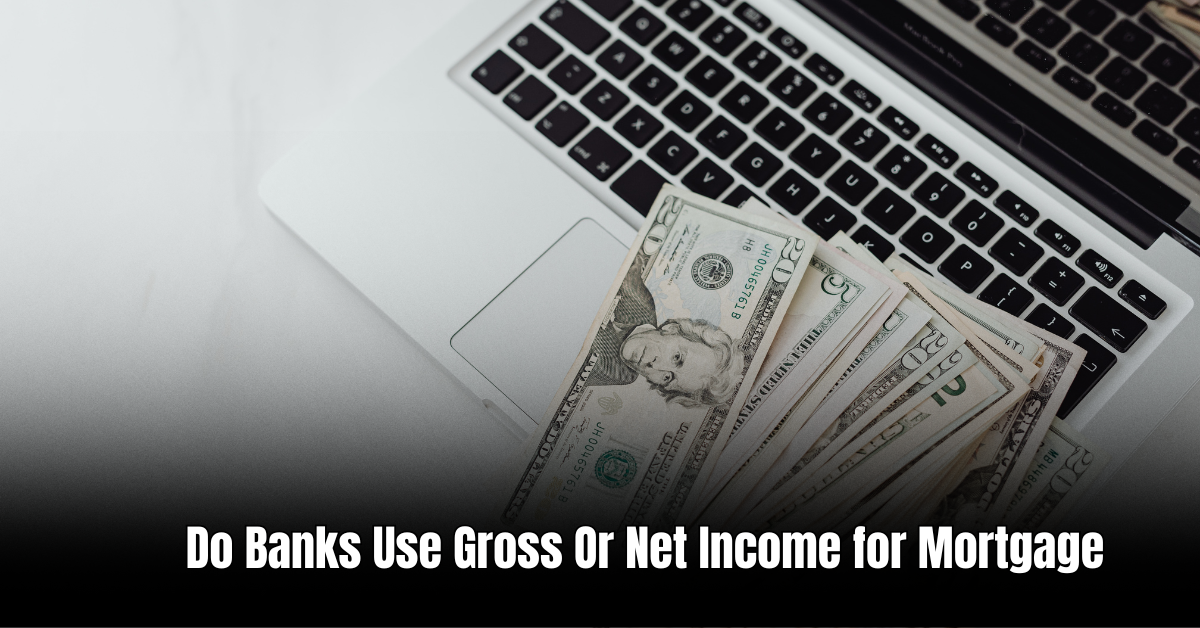When it comes to paying off a mortgage, understanding how much of your monthly payment goes towards the principal is essential. The principal is the amount that you originally borrowed from the lender to purchase your home. The remaining portion of your payment goes toward interest and other fees. In this article, we will explore the percentage of a mortgage that goes towards the principal and how it can change over time.
Understanding Mortgage Payments
Before diving into the specific percentage breakdown, let’s briefly discuss how mortgage payments are structured. A typical mortgage payment consists of four components:
| Component | Description |
|---|---|
| Principal | The amount you borrowed to purchase your home |
| Interest | The cost of borrowing the money from the lender |
| Taxes | Property taxes, which may be included in your monthly payment |
| Insurance | Homeowner’s insurance, which may also be included in your payment |
It’s important to note that the breakdown of these components can vary depending on your specific mortgage terms and any additional fees or premiums associated with your loan.
How the Percentage of Principal Changes over Time
When you first start making mortgage payments, a larger percentage typically goes toward interest rather than the principal. This is because the interest is calculated based on the remaining loan balance, which is highest at the beginning of the repayment period.
Over time, the principal portion of your payment gradually increases while the interest portion decreases. This is known as amoritization. The specific amortization schedule will depend on the length of your loan term and the interest rate.
Example Amortization Schedule
Let’s consider an example to illustrate how the percentage of principal changes over time. Assuming a 30-year fixed-rate mortgage with an interest rate of 4%, the following table shows the breakdown of the first few months of payments:
| Payment Number | Payment Amount | Principal Portion | Interest Portion |
|---|---|---|---|
| 1 | $1,000 | $200 | $800 |
| 2 | $1,000 | $202 | $798 |
| 3 | $1,000 | $204 | $796 |
As you can see, the monthly payment amount remains consistent, but the percentage of the payment allocated to the principal gradually increases while the interest portion decreases.
Factors Affecting Principal Payments
Several factors can influence the percentage of your mortgage payment that goes towards the principal:
- Loan Term: Shorter loan terms, such as 15 years, generally have higher monthly payments, resulting in a higher percentage going towards the principal.
- Interest Rate: Higher interest rates mean a larger portion of the payment goes toward interest, reducing the percentage allocated to the principal.
- Additional Payments: Making extra payments towards the principal can shorten the loan term and increase the percentage going towards principal in subsequent payments.
It’s worth noting that certain types of mortgages, such as interest-only loans or adjustable-rate mortgages, have different payment structures that may affect the percentage allocated to the principal.
Why Understanding Principal Payments Is Important
Having a clear understanding of how much of your mortgage payment goes towards the principal can help you in several ways:
- Financial Planning: Knowing the amount going towards the principal allows you to plan your budget and make informed decisions about your financial future.
- Equity Building: The principal payments build equity in your home, which is the difference between its market value and the outstanding loan balance. Understanding this helps you track your progress in building equity.
- Refinancing Considerations: When interest rates drop, understanding the portion of your payments that go towards principal can help you evaluate if refinancing is beneficial in reducing overall interest costs.
Frequently Asked Questions Of What Percent Of Mortgage Goes To Principal? Discover The Truth Here!
How Is A Fixed Mortgage Different From An Adjustable Mortgage?
A fixed mortgage has a stable interest rate, while an adjustable mortgage can fluctuate based on market conditions.
What Percentage Of My Mortgage Payment Goes Toward Principal?
Typically, a portion of each mortgage payment goes towards the principal, reducing the overall loan amount over time.
Is It Possible To Increase The Percentage Of The Mortgage Payment Allocated To Principal?
Yes, making additional payments towards the principal can help reduce the loan balance faster and save on interest costs.
Why Does The Percentage Of Mortgage Payment Going To Principal Increase Over Time?
As the loan term progresses, more of your payment goes toward principal as the interest portion decreases with each payment.
Conclusion
Understanding the percentage of a mortgage payment that goes towards the principal is crucial for homeowners. While the specific breakdown can vary based on individual circumstances and loan terms, it’s important to keep an eye on the principal portion over time. Monitoring this enables homeowners to make informed financial decisions, track equity building, and consider refinancing options if beneficial.
Ismail Hossain is the founder of Law Advised. He is an Divorce, Separation, marriage lawyer. Follow him.




Leave a Reply